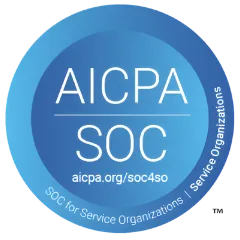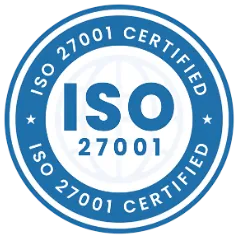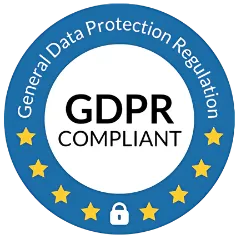Introduction: Asset Infinity’s Asset Management Software VS ERP
When businesses look to improve operational efficiency, the choice between an Enterprise Asset Management (EAM) system and an Enterprise Resource Planning (ERP) system can be confusing. While ERP systems manage a wide array of business processes, Asset Infinity’s EAM system focuses exclusively on optimizing the management of assets throughout their lifecycle. Asset Infinity stands out by offering specialized tools for asset tracking, preventive maintenance, and real-time monitoring, which are often not as comprehensive or customizable in traditional ERP systems. With Asset Infinity, businesses can streamline asset management processes, reduce costs, and improve asset performance, all through a user-friendly, cloud-based solution.
What is EAM System and its Key Features?
An EAM system like Asset Infinity is designed specifically to manage and maintain physical assets such as machinery, vehicles, equipment, and tools. The focus is on extending the lifecycle of these assets while reducing operational costs. Key features of Asset Infinity’s EAM system include:
- Asset Tracking: Track assets in real-time using technologies like barcodes, QR codes, and RFID. Asset Infinity allows for seamless tracking across multiple locations, ensuring all assets are accounted for and can be easily monitored.
- Preventive Maintenance: Set up preventive maintenance schedules and receive automated reminders. This reduces equipment downtime and ensures that assets remain in optimal condition.
- Geo-Coordinates Tracking: Asset Infinity allows users to track assets using geo-coordinates, providing real-time location data to prevent misplacement or theft.
- Depreciation Management: The system automatically calculates asset depreciation, making it easy to manage asset value over time and keep accurate financial records.
- Mobile Accessibility: Manage and track assets on the go with Asset Infinity’s mobile app, offering complete control and visibility anytime, anywhere.
These features are specifically designed to streamline the maintenance, tracking, and reporting of assets, ensuring businesses can focus on asset performance rather than administrative tasks.
What is ERP System and its Key Features?
ERP systems are designed to manage a broad range of business processes, from finance and supply chain management to human resources and procurement. While ERP systems are comprehensive, they may lack the specialized asset management tools found in dedicated EAM software. Typical ERP system features include:
- Financial Management: ERP systems offer accounting, budgeting, and financial reporting capabilities.
- Supply Chain Management: Track and manage the flow of goods, from procurement to delivery, ensuring optimal resource management.
- Human Resource Management: Manage payroll, employee data, and compliance with HR regulations.
- Project Management: Oversee project timelines, resource allocation, and task completion.
While ERP systems are highly effective for handling multiple aspects of business operations, they often require additional modules or integrations to effectively manage assets at the granular level that EAM software, such as Asset Infinity, provides.
Similarities Between EAM vs. ERP
While EAM and ERP systems serve different primary functions, they share some similarities in terms of helping businesses optimize operations:
Data Centralization
Both EAM and ERP systems centralize data, allowing organizations to manage various aspects of their operations from a single platform.
Automation
Both systems offer automation for tasks such as reporting, notifications, and scheduling, reducing manual work and improving efficiency.
Scalability
EAM and ERP systems are both scalable, growing with the needs of the business as more assets or processes are added.
Integration Capabilities
Both EAM and ERP systems can integrate with other business tools, such as financial systems or supply chain management software, to provide a seamless workflow.
Differences Between EAM vs. ERP
Despite their similarities, there are key differences between EAM and ERP systems, especially in their focus and capabilities:
- Specialization: EAM systems like Asset Infinity are highly specialized for managing physical assets, from acquisition to disposal, while ERP systems offer broader functionality across multiple business processes.
- Maintenance Focus: EAM systems prioritize preventive and corrective maintenance of assets, whereas ERP systems may include maintenance modules but lack the depth and focus provided by EAM software.
- Customization: Asset Infinity’s EAM system offers more extensive customization options for asset management, including custom fields, tags, and workflows tailored specifically to asset tracking and maintenance.
- Cost Management: While ERP systems manage financials across the business, EAM systems provide detailed tracking of asset-related costs, including maintenance expenses, depreciation, and repair costs.
Choosing Between EAM vs. ERP
When deciding between an EAM system and an ERP system, businesses should consider their specific needs. If asset management and maintenance are critical to your operations, then an EAM system like Asset Infinity is the clear choice. Its specialized features ensure optimal asset performance, preventive maintenance, and real-time tracking, all of which reduce operational costs and improve asset longevity.
On the other hand, if your business requires a comprehensive solution for managing financials, human resources, and supply chains, an ERP system may be more suitable. However, it’s important to note that ERP systems may require additional modules or customizations to match the asset management capabilities of EAM software.
Integrating EAM and ERP Systems with Asset Infinity
For businesses that need the benefits of both EAM and ERP systems, integration is key. Asset Infinity can seamlessly integrate with ERP systems, allowing businesses to leverage the specialized asset management capabilities of EAM while benefiting from the comprehensive business management features of ERP. This integration provides a holistic view of operations, combining the financial and human resource management capabilities of ERP with the advanced asset tracking, maintenance, and reporting features of Asset Infinity. By doing so, businesses can enhance efficiency and ensure all aspects of operations are working in harmony.
Conclusion
In conclusion, while ERP systems offer broad functionality across various business processes, Asset Infinity’s EAM system excels in asset management, providing specialized tools for tracking, maintenance, and lifecycle management. For businesses focused on maximizing asset performance and reducing operational costs, Asset Infinity’s features—such as preventive maintenance, real-time tracking, and geo-coordinates monitoring—offer significant advantages over traditional ERP systems. Integrating Asset Infinity with an ERP system can provide a powerful combination that covers all business needs, ensuring efficiency and productivity across the board.
Frequently Asked Questions
Is cloud-based hosting available in Asset Infinity’s software?
Yes, Asset Infinity can be hosted on either private or public cloud servers, offering flexibility and security.
Can pictures of assets be uploaded into the system for better management?
Yes, you can upload pictures of assets with date and time stamps to ensure maximum coordination and accurate tracking.
Is it possible to optimize reports within the system?
Yes, Asset Infinity allows you to customize and optimize reports according to your specific needs, providing insights that are most relevant to your business.

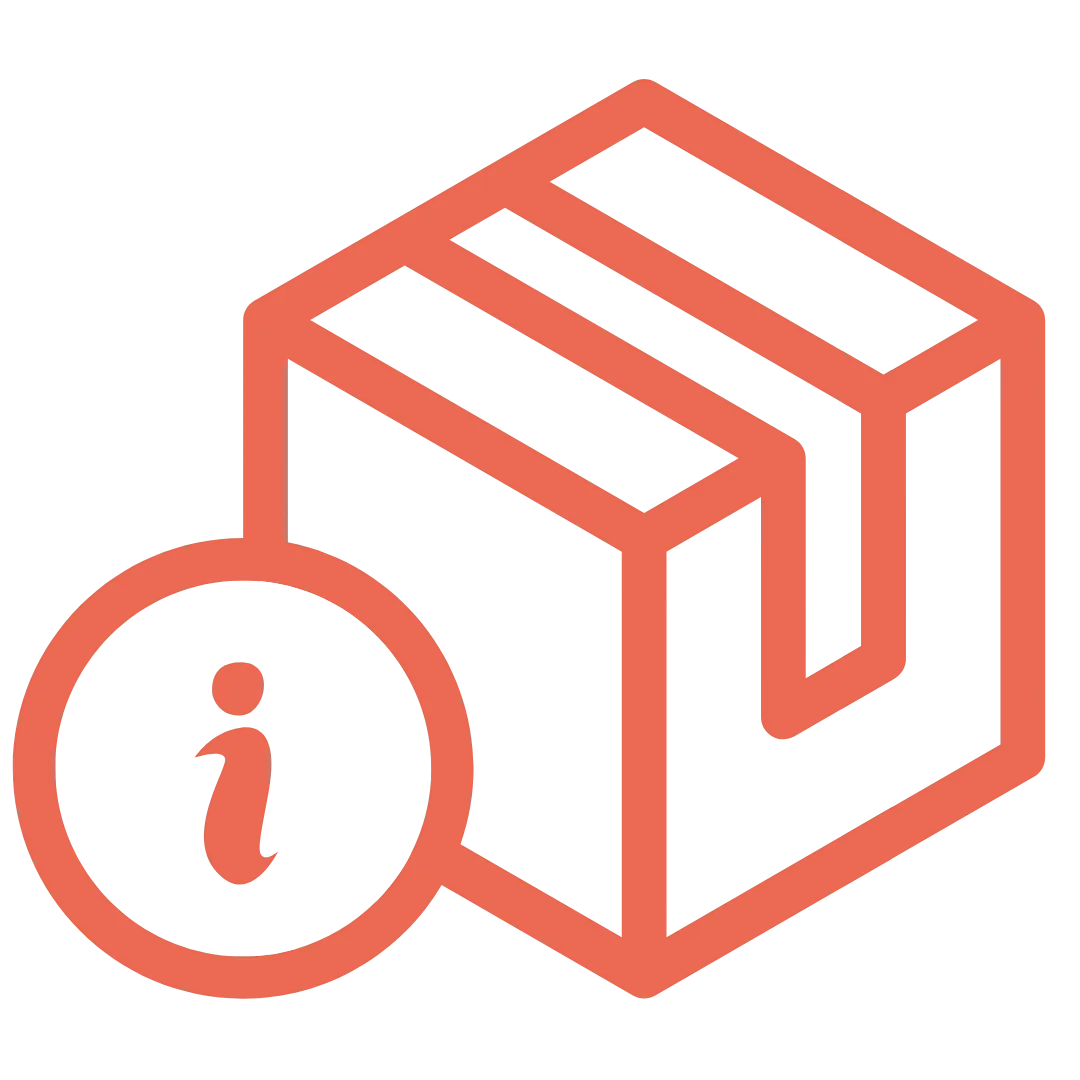
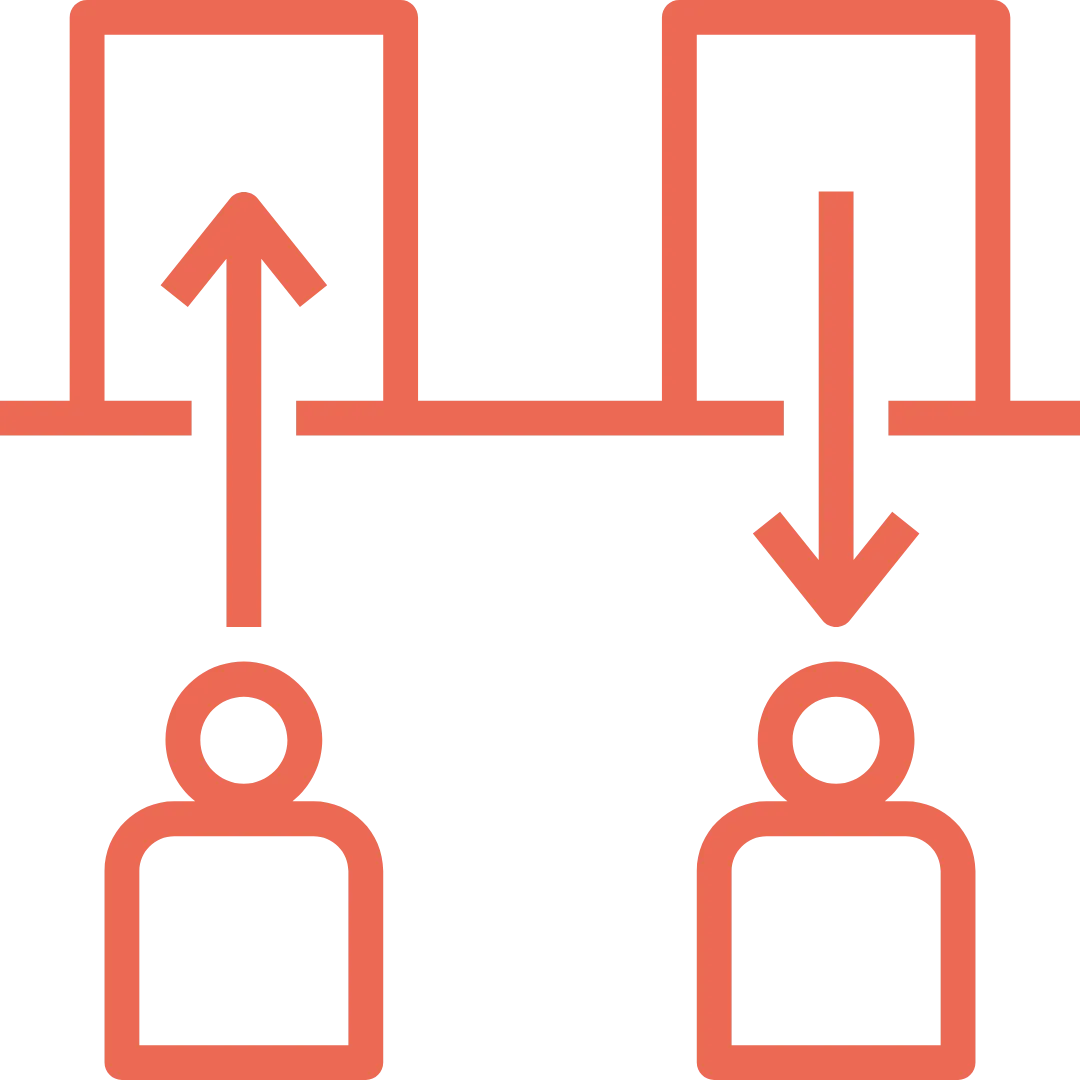
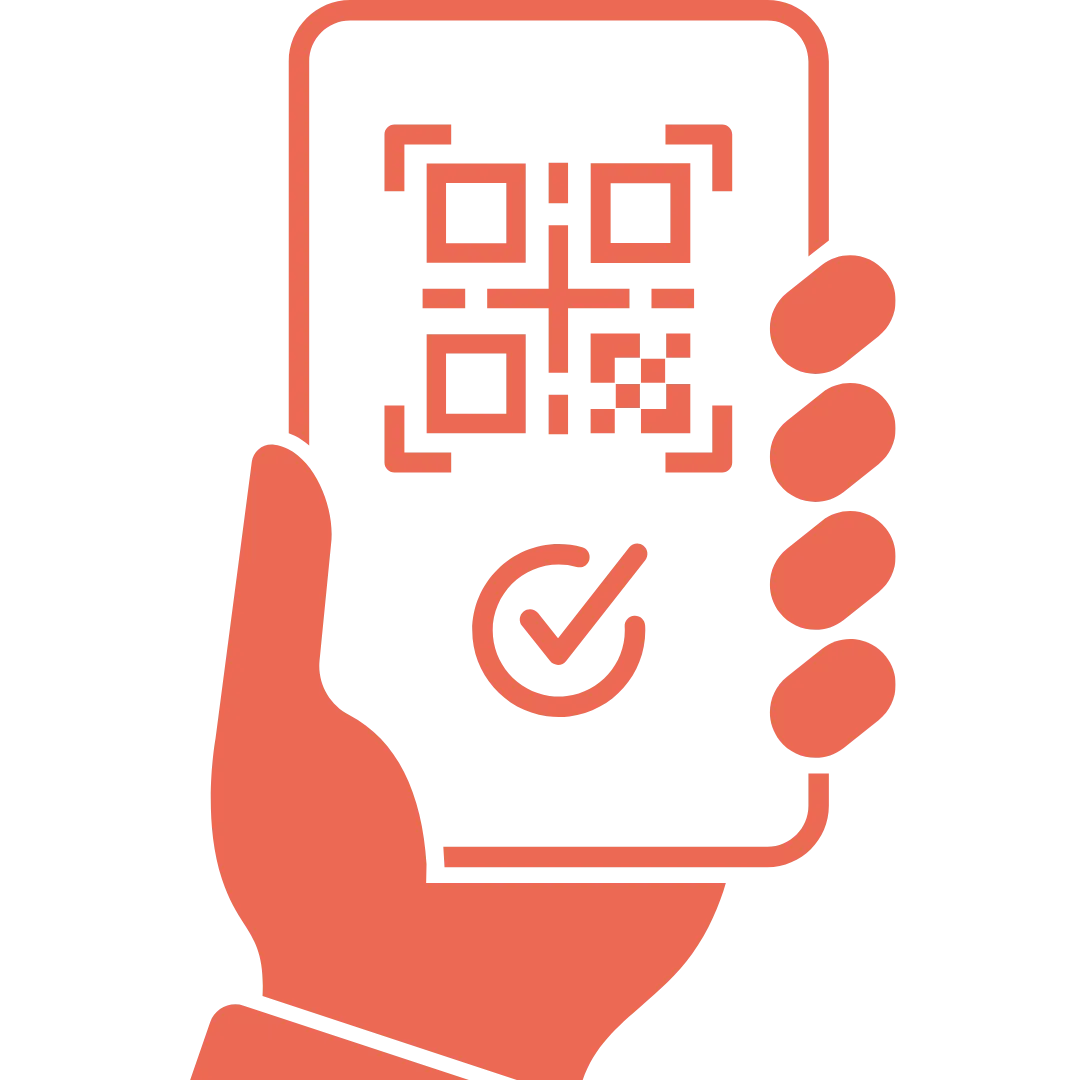
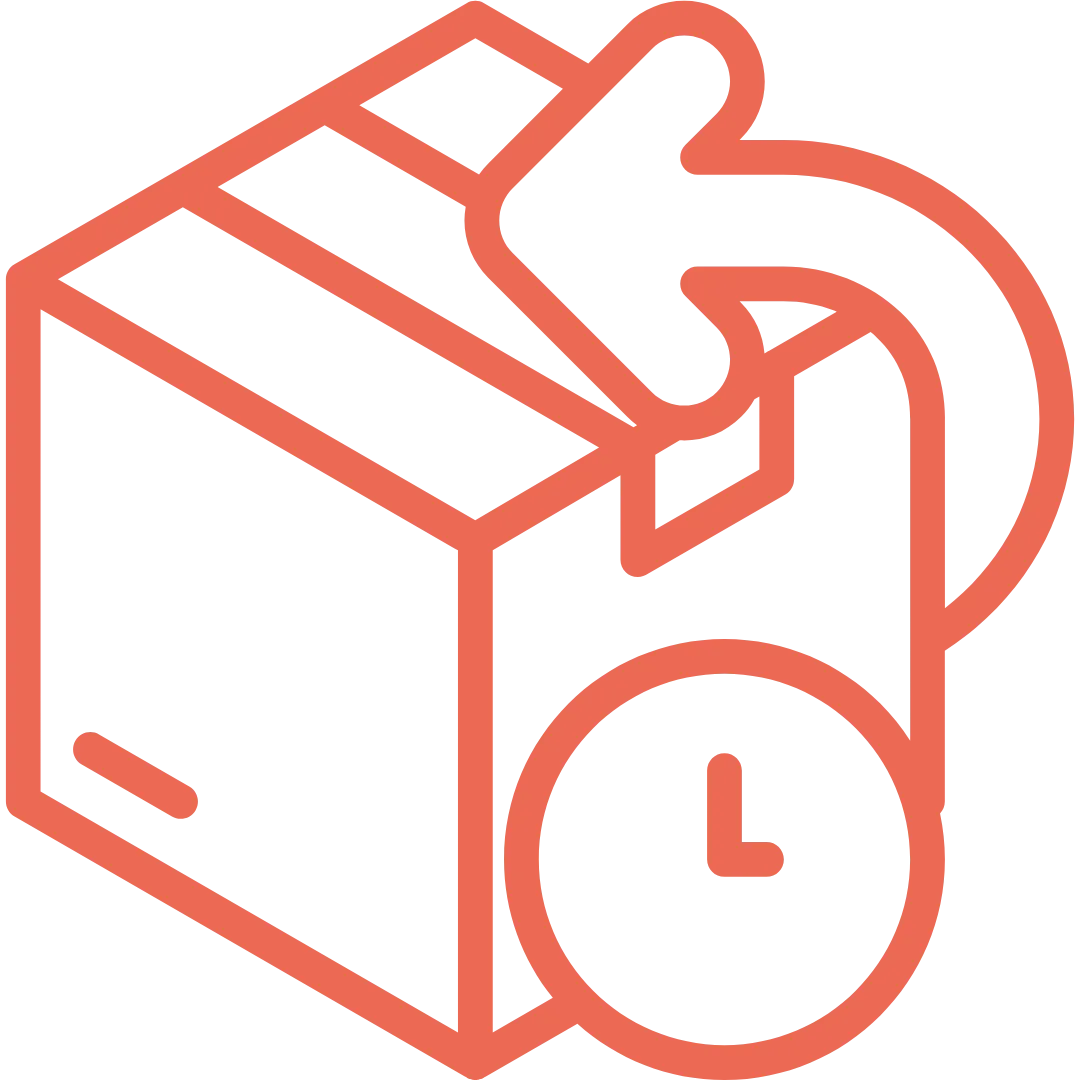


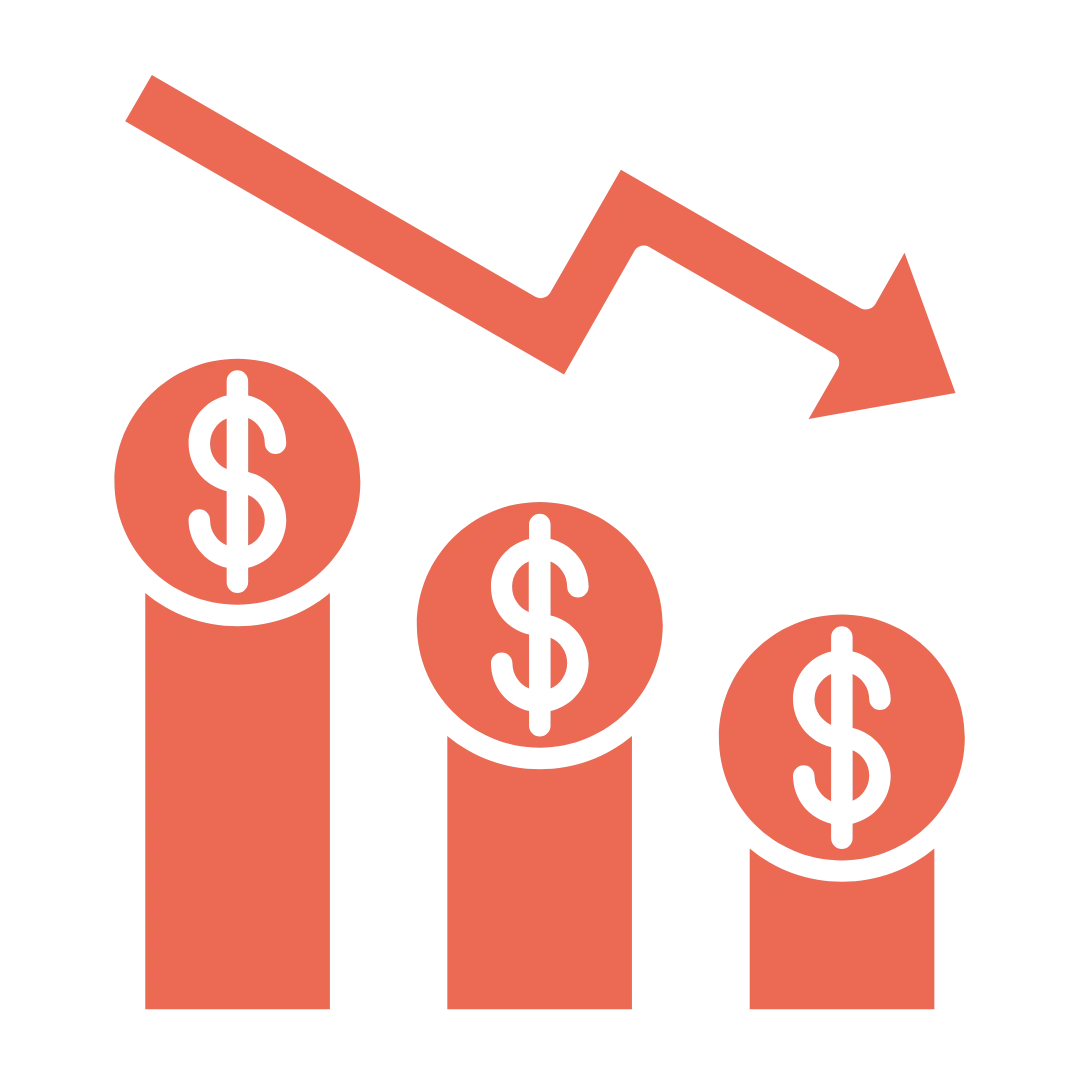

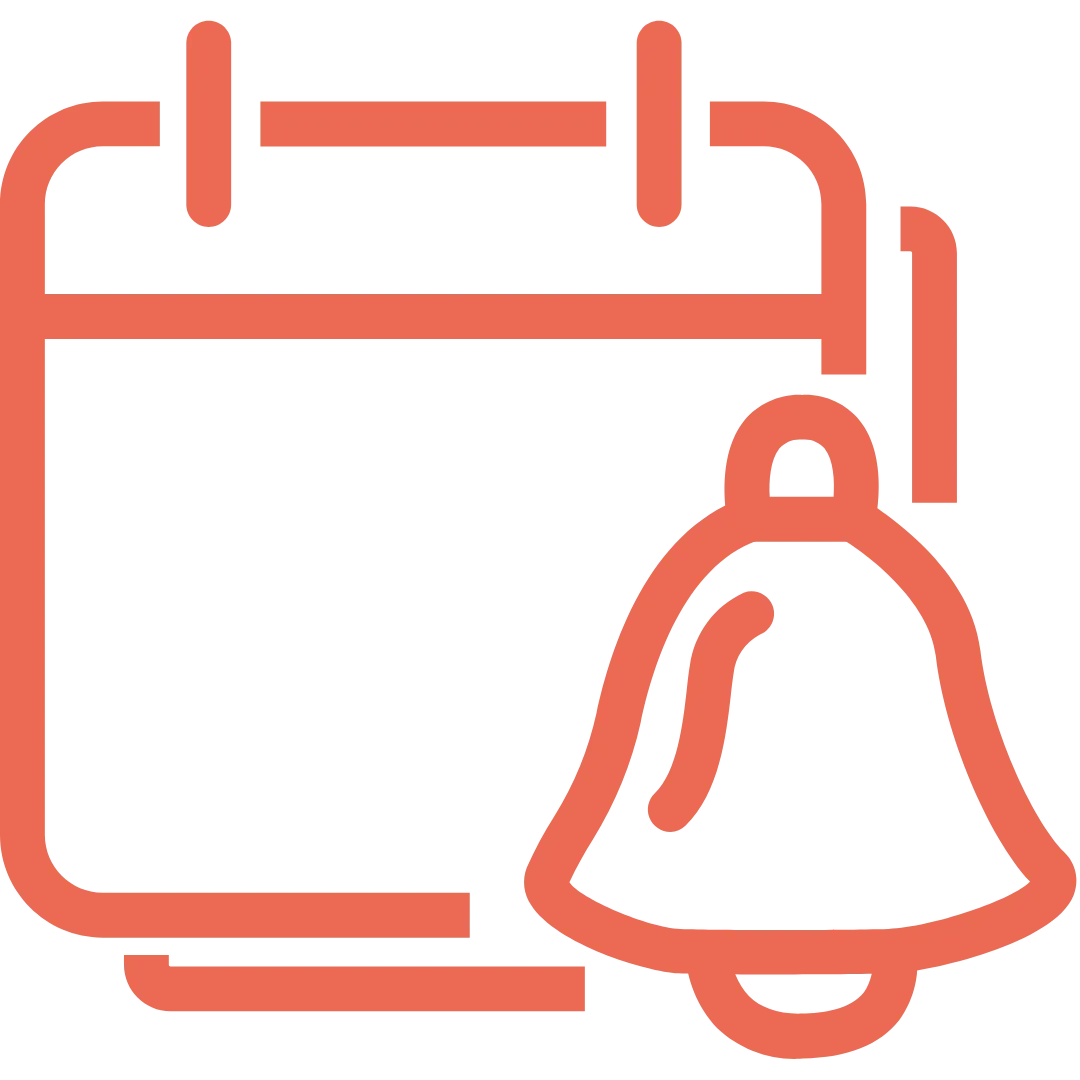

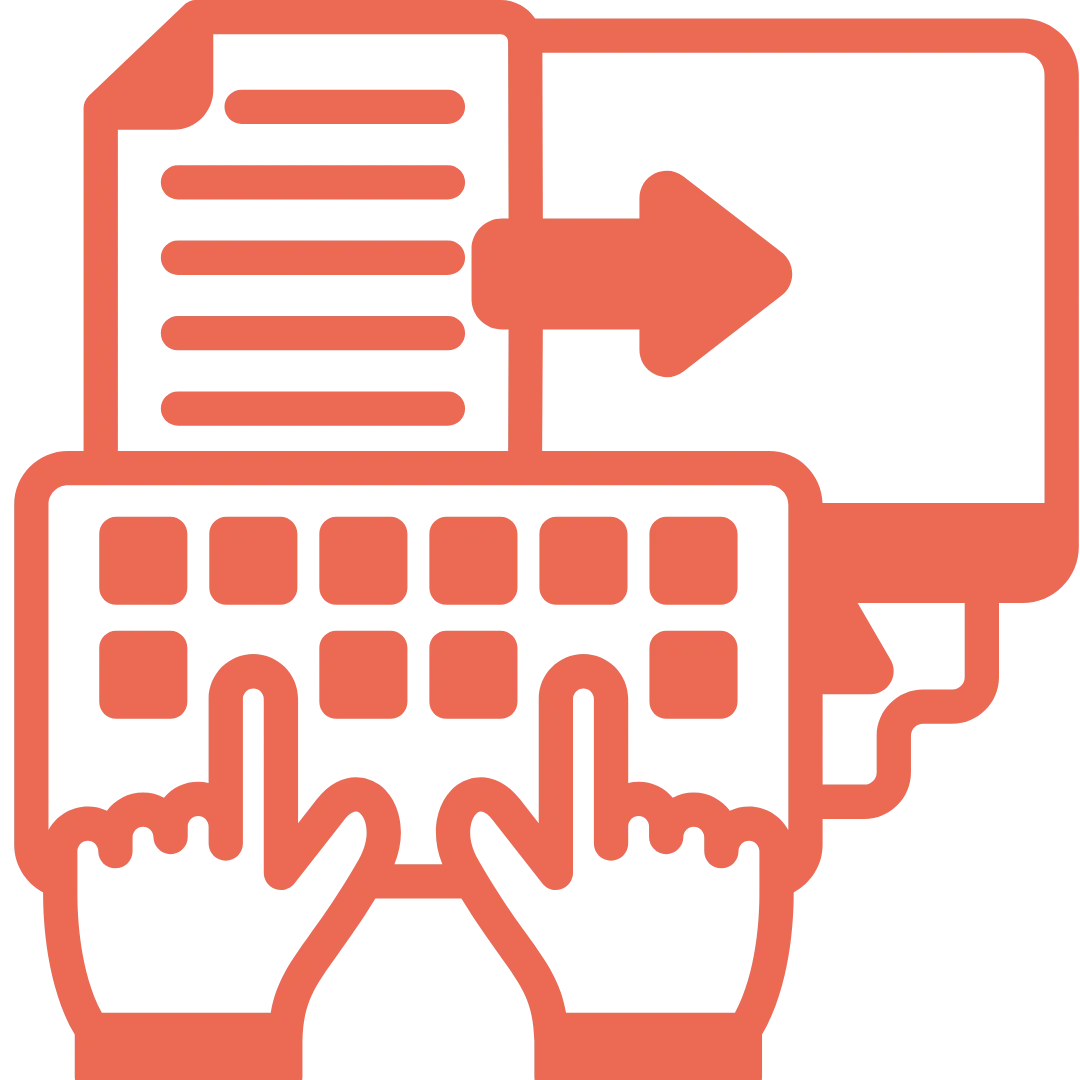
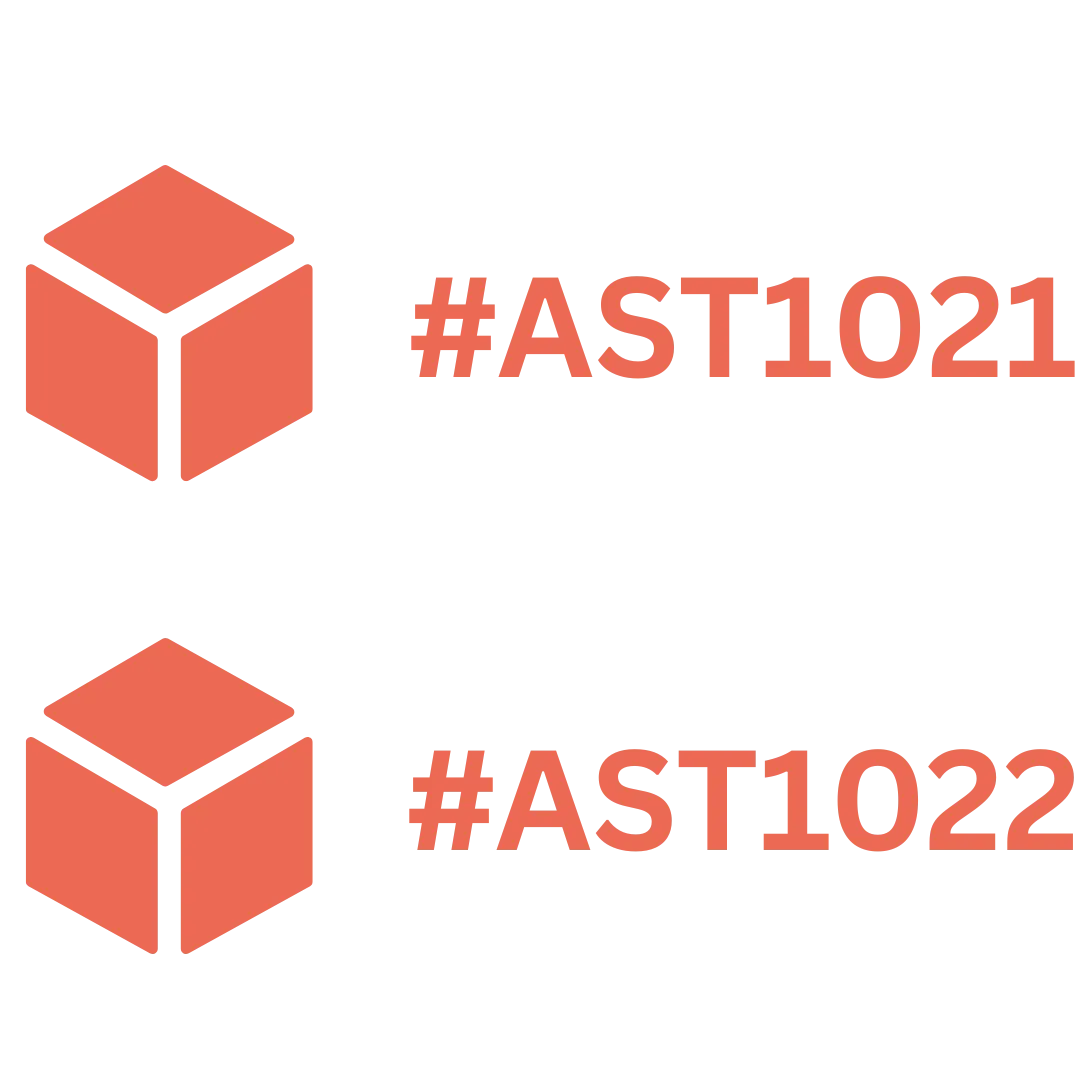
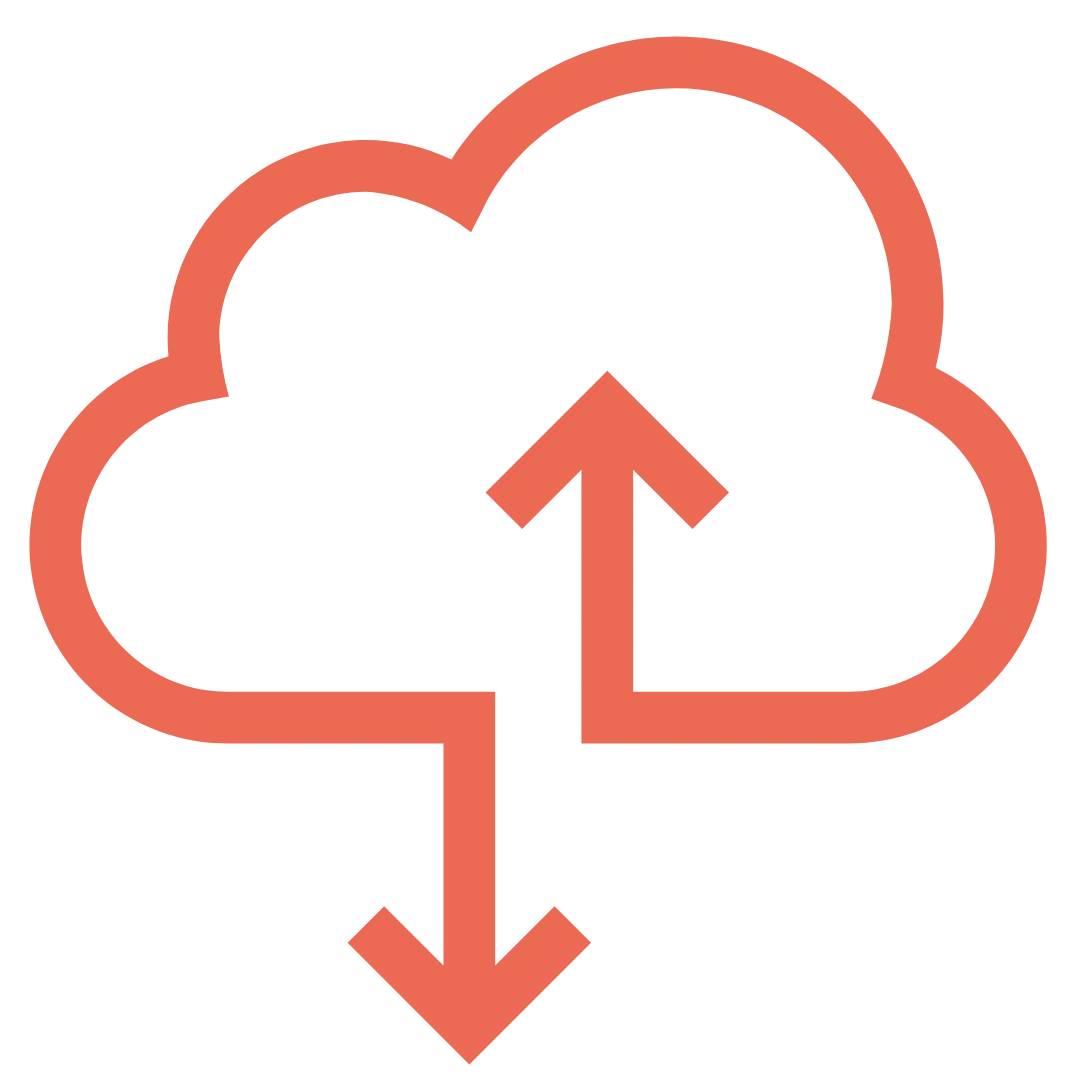

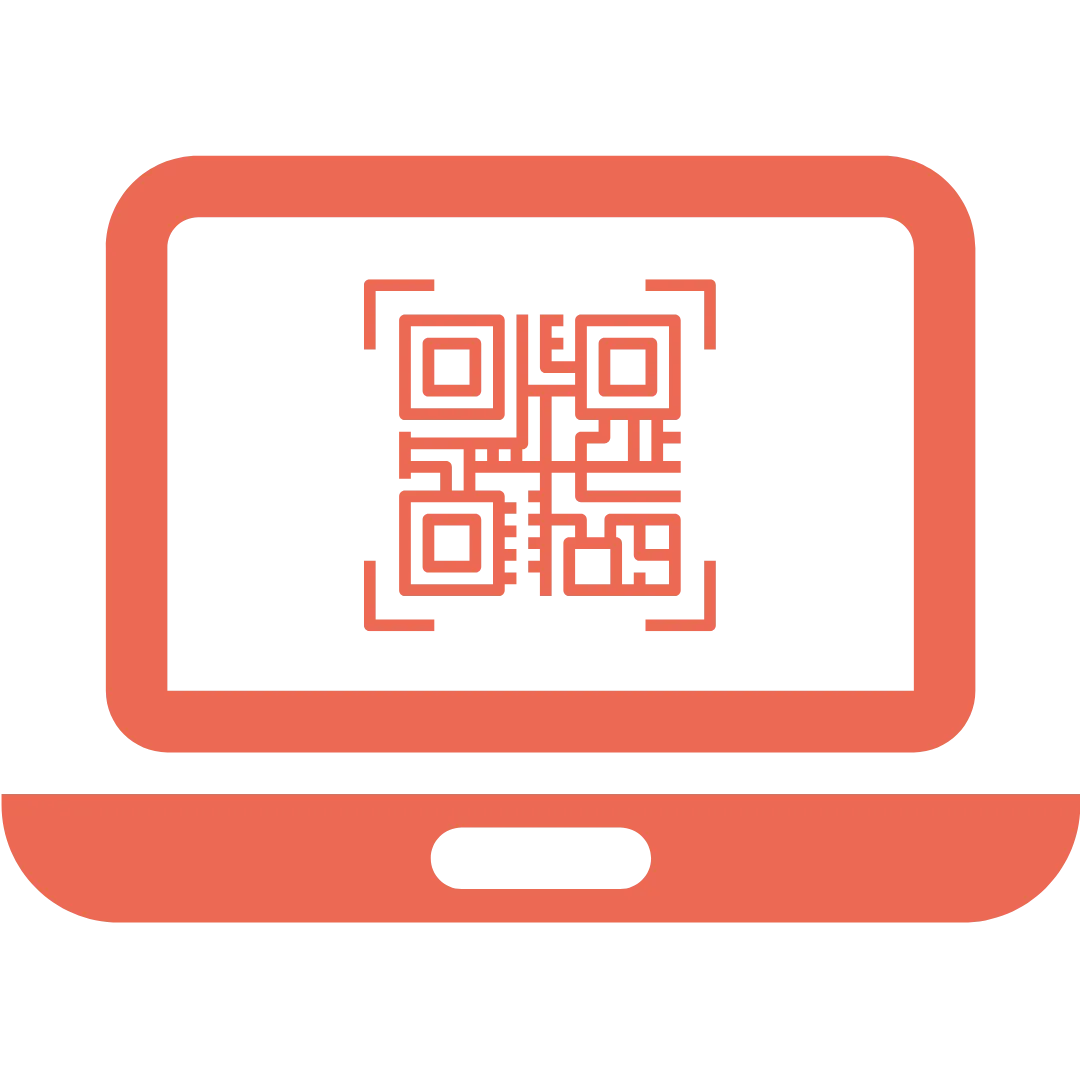
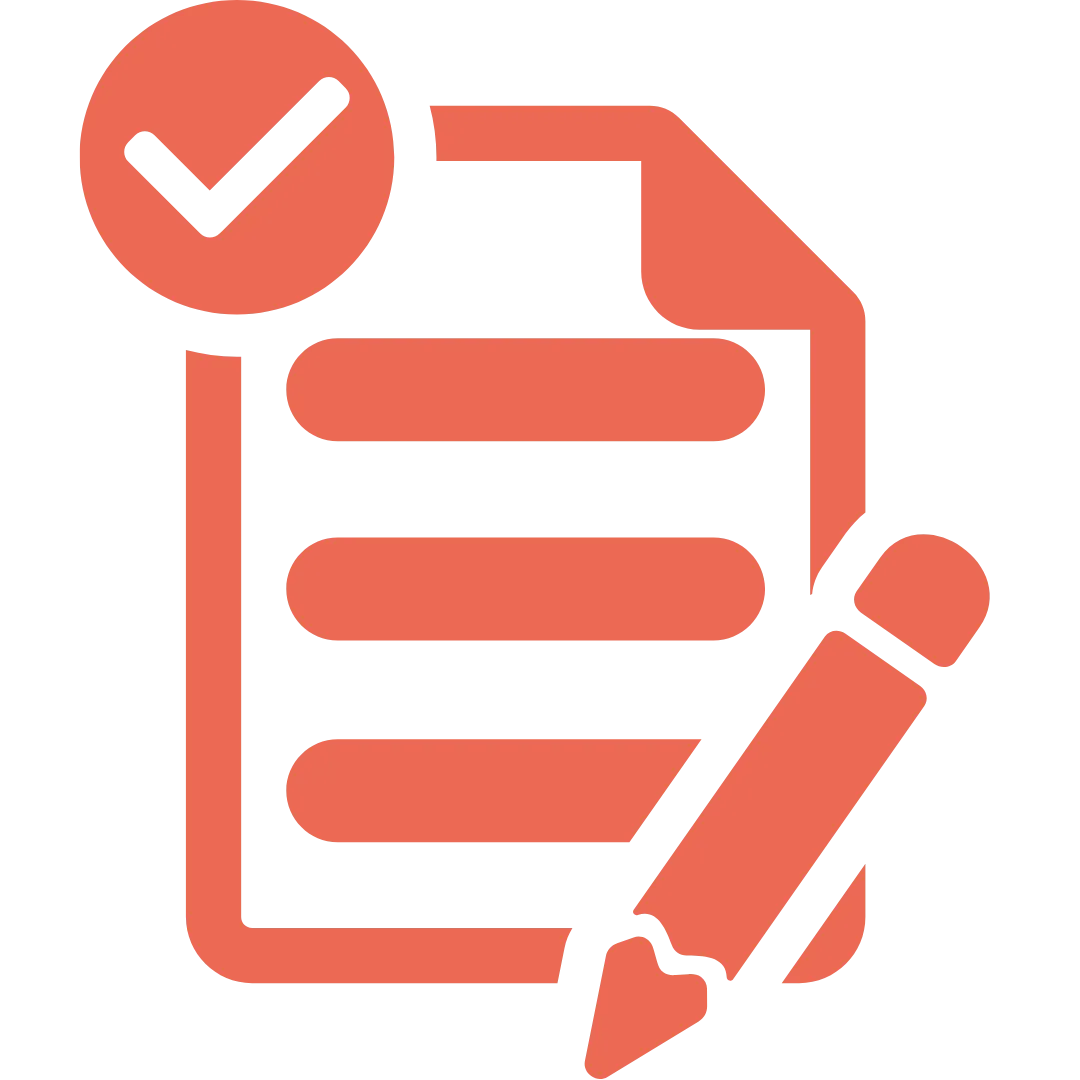
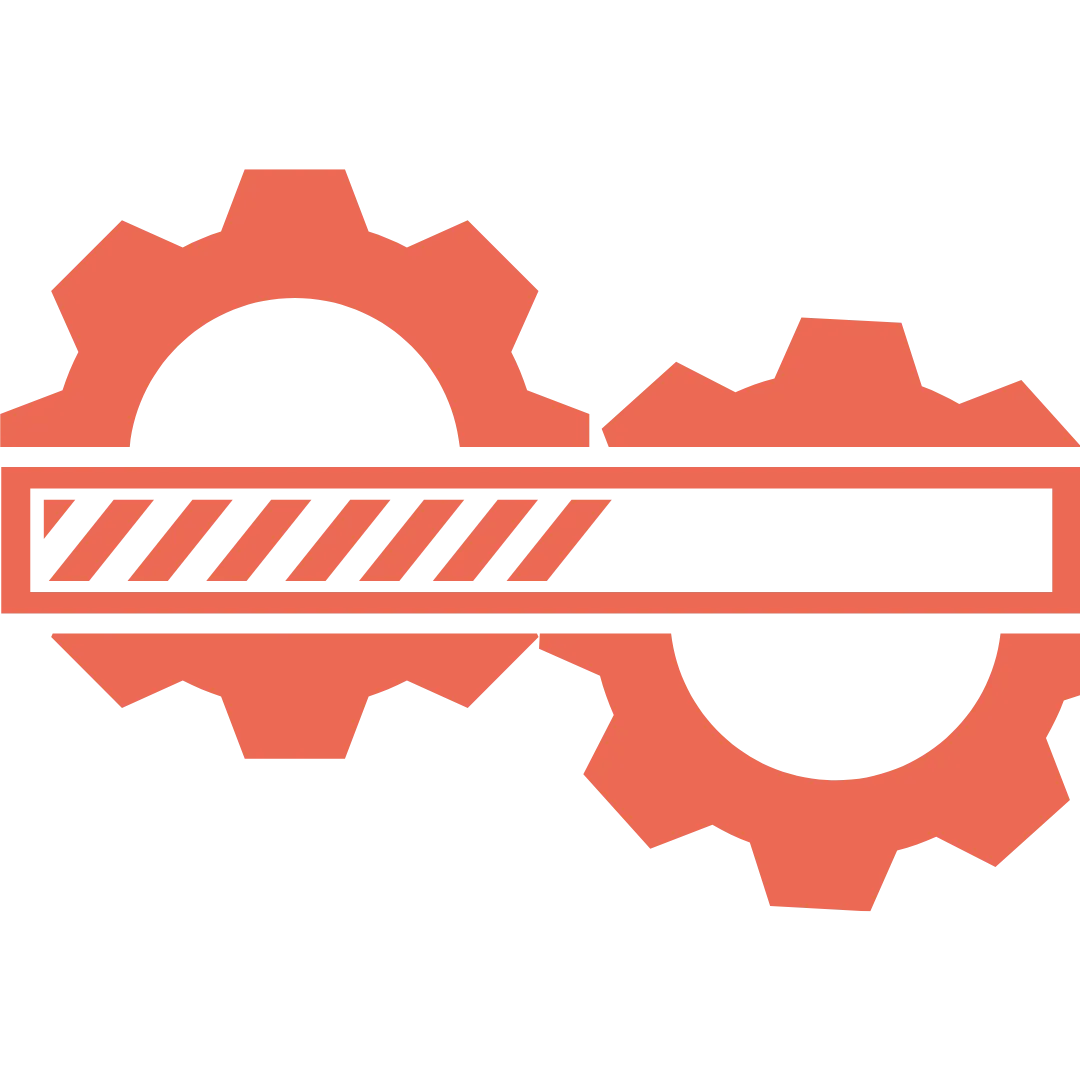
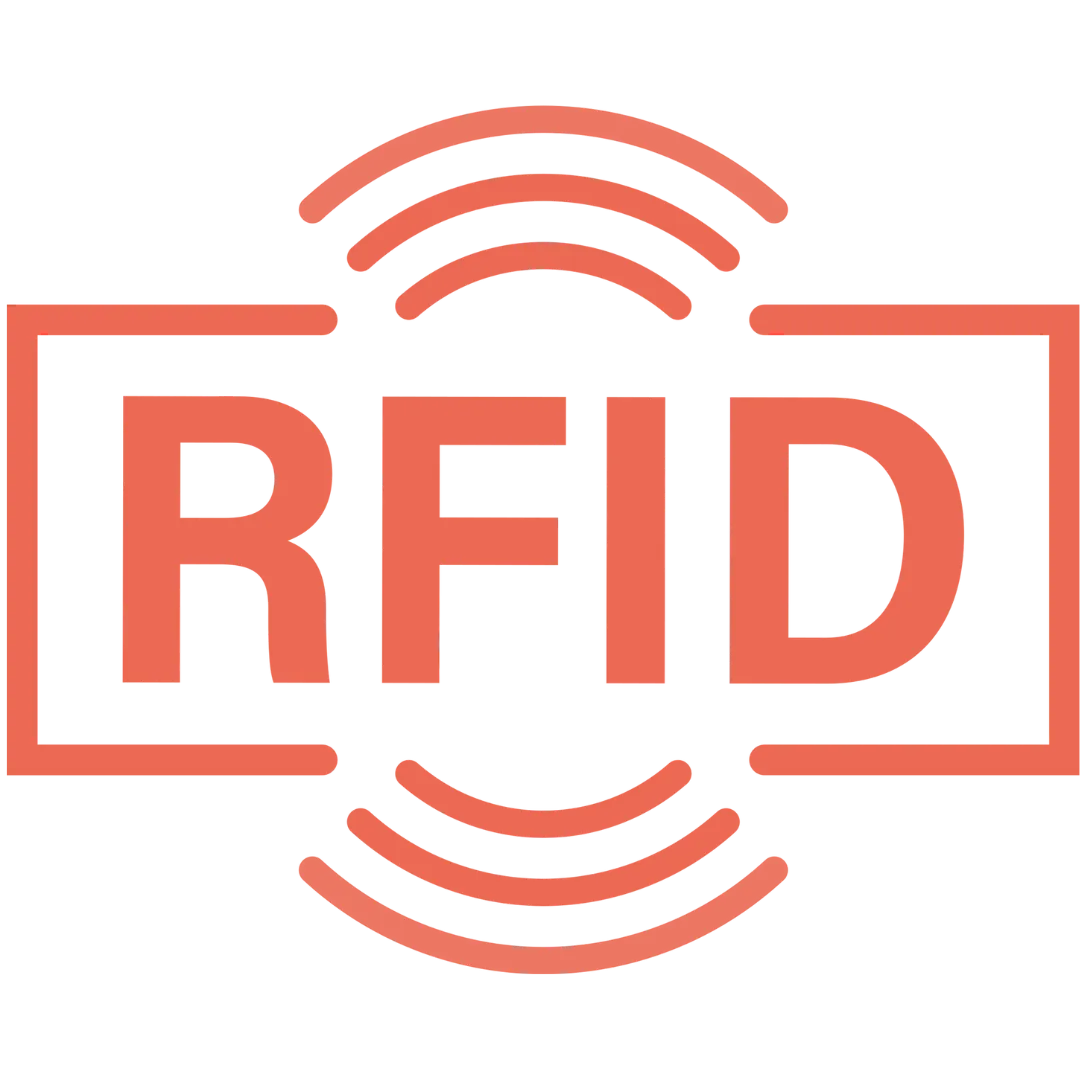
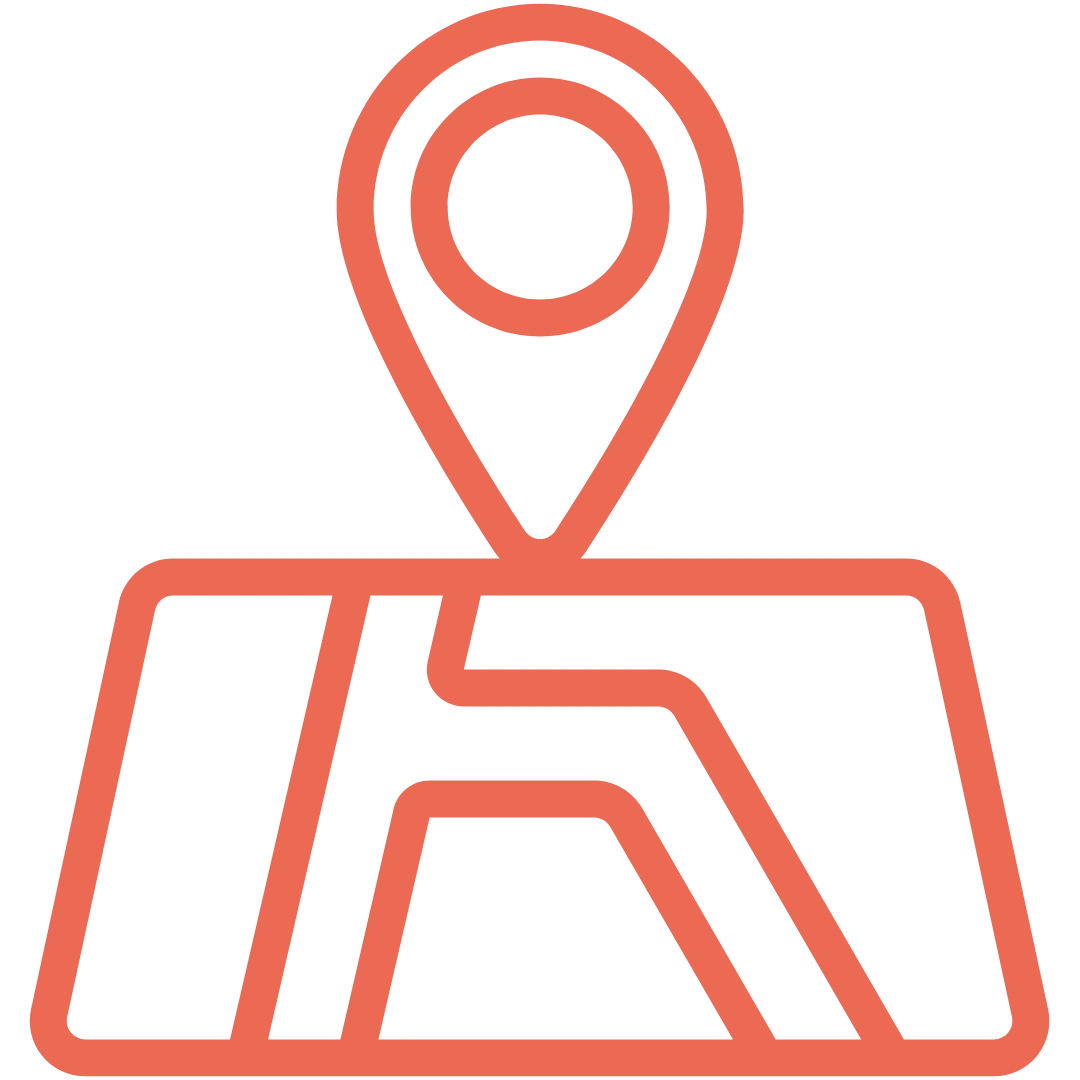
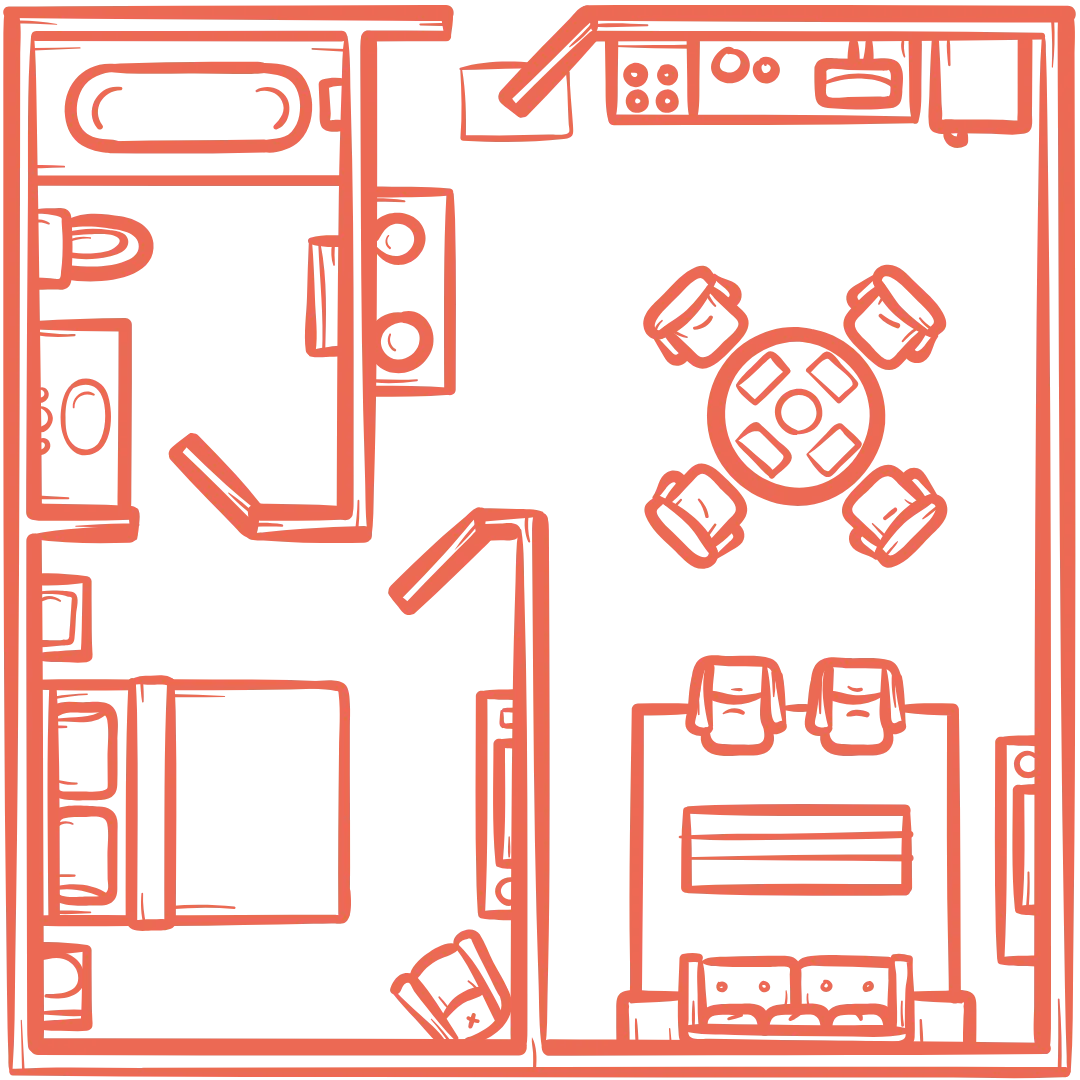




























.webp)
.webp)
.webp)
.webp)
.webp)
.webp)
.webp)
.webp)
.webp)

.svg)




.webp)
.webp)
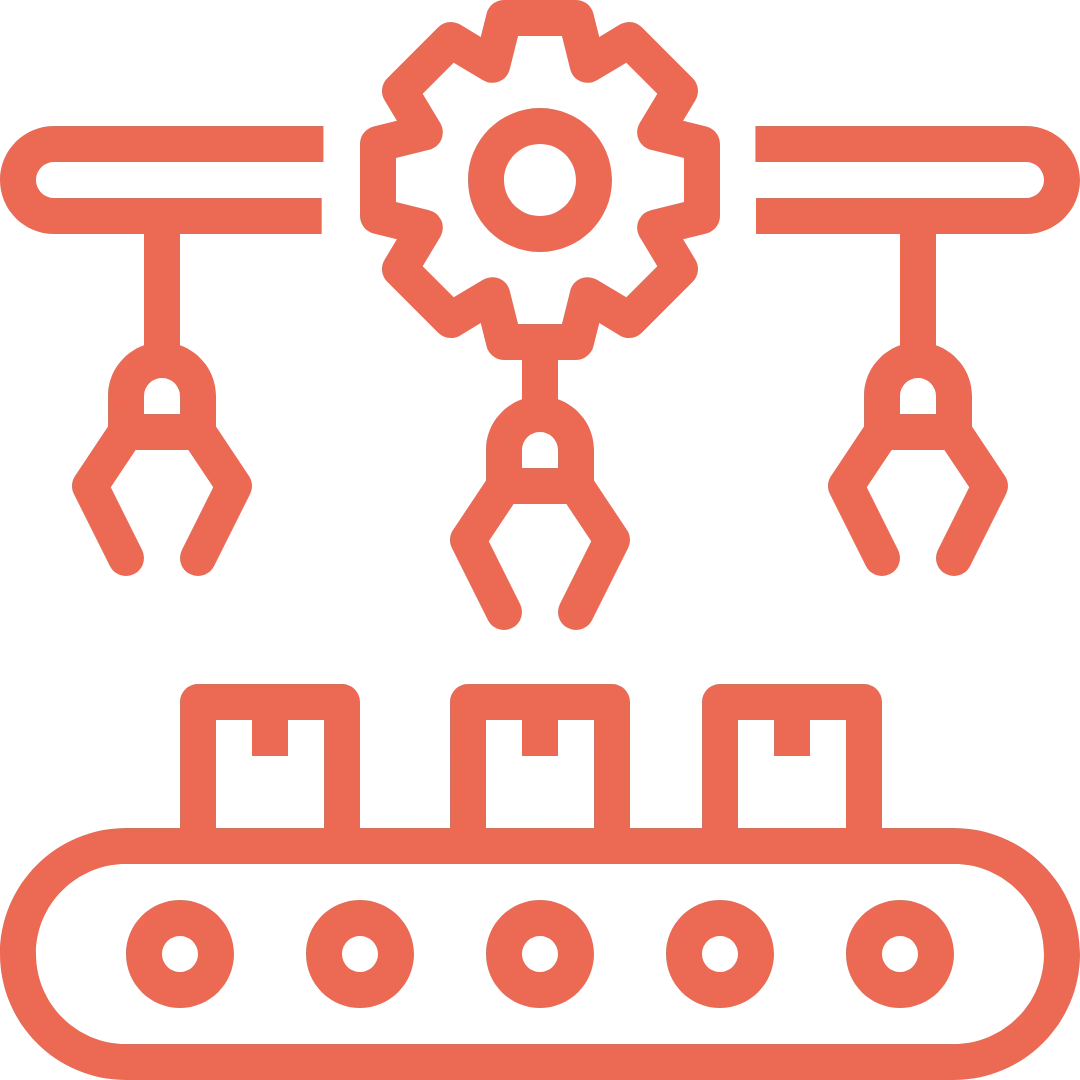


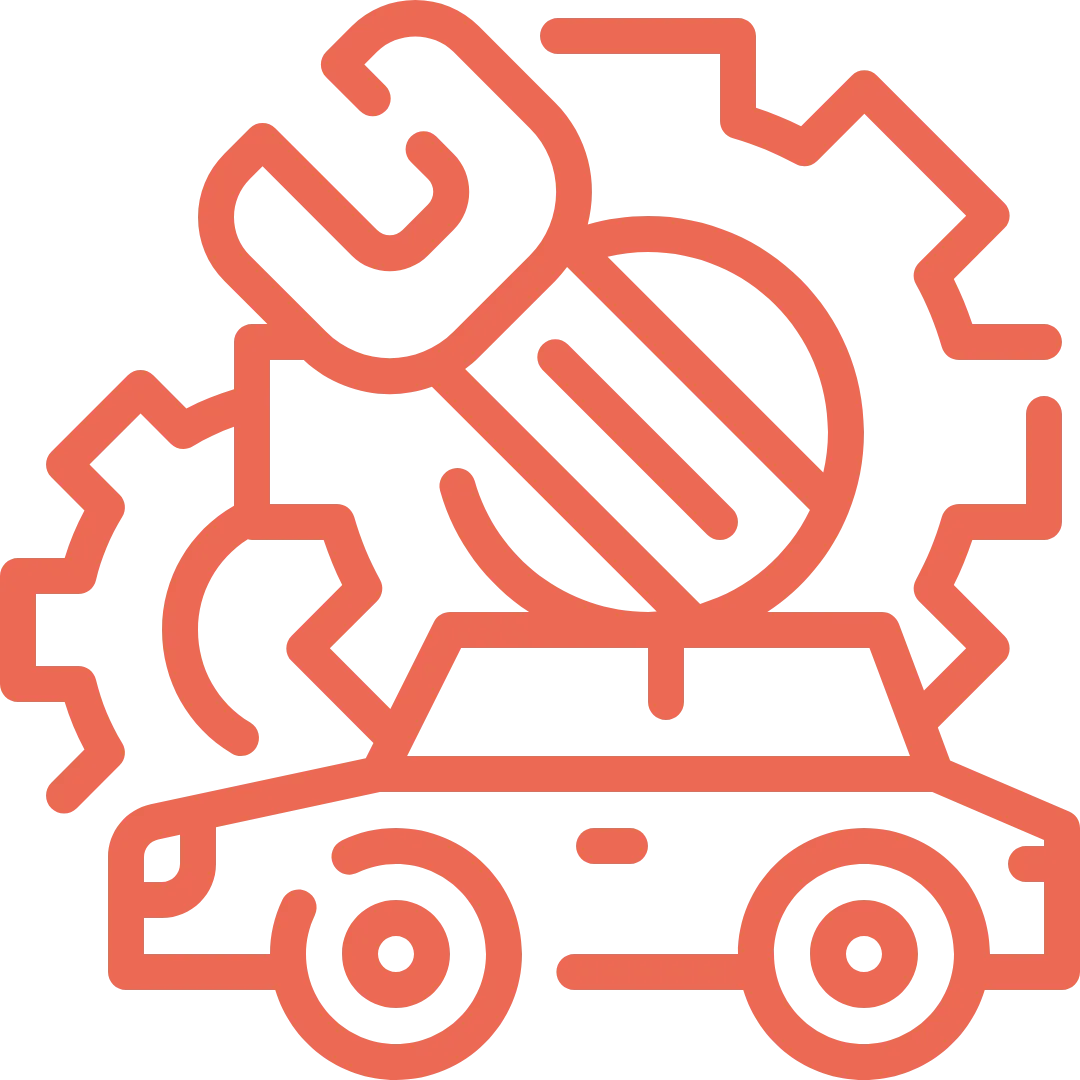

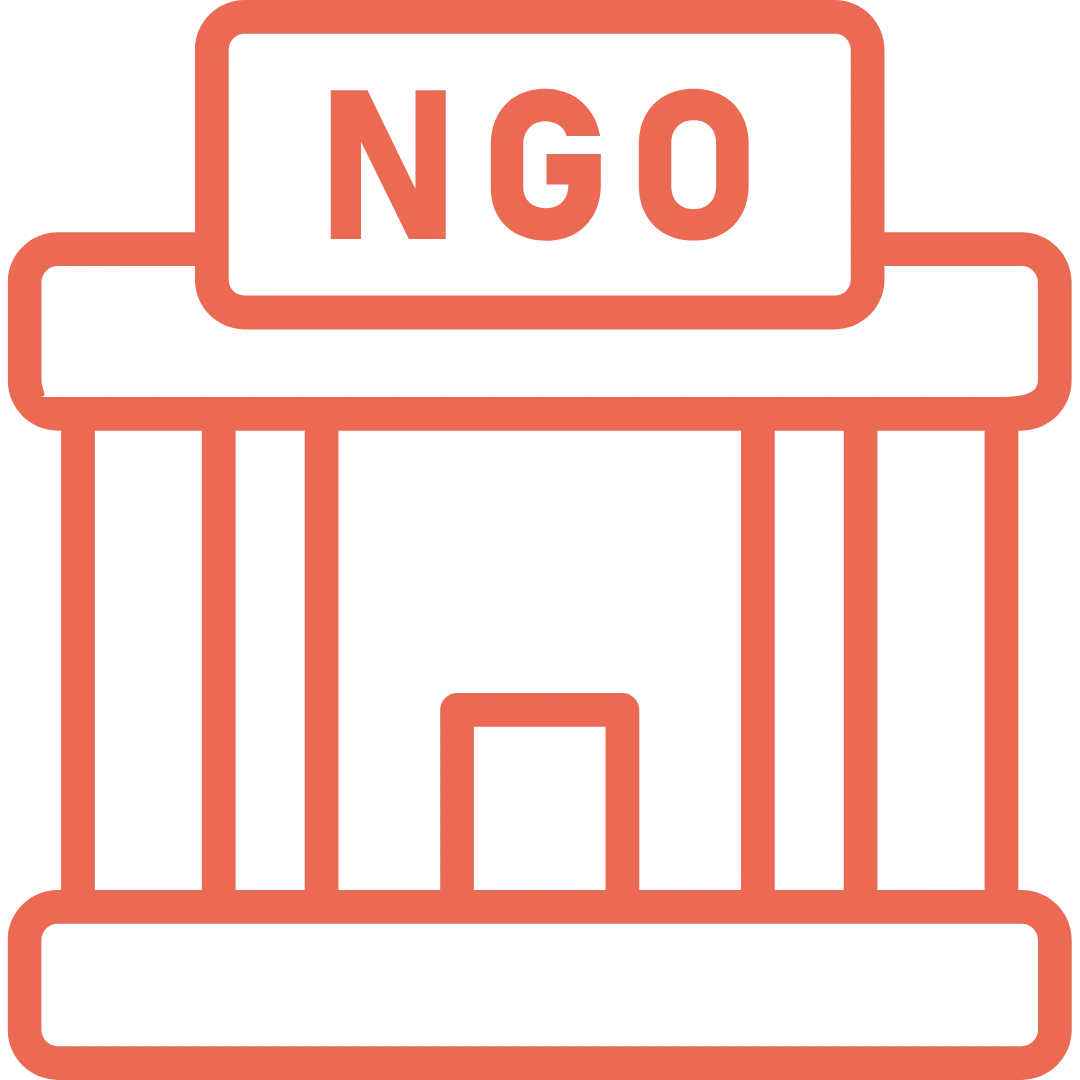
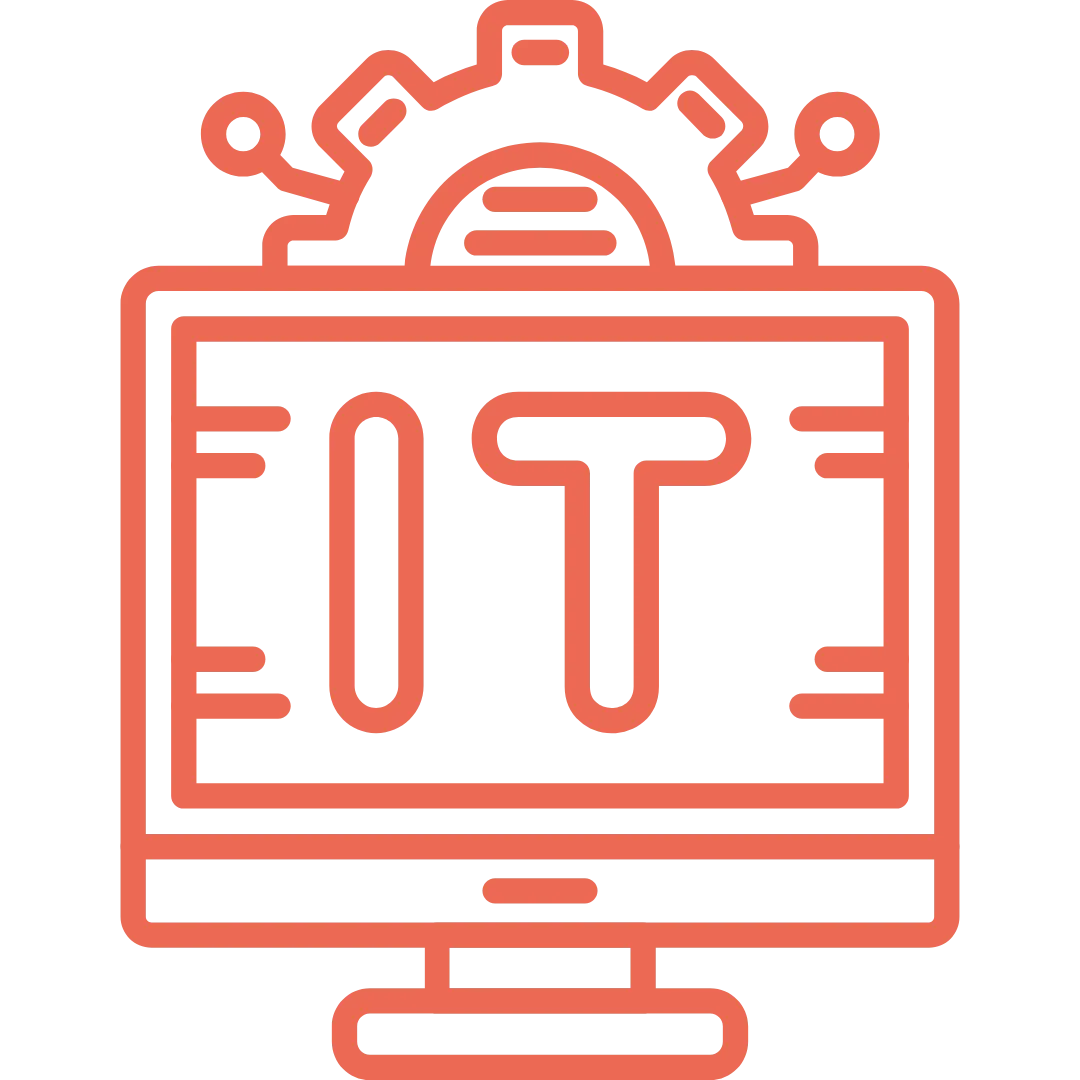

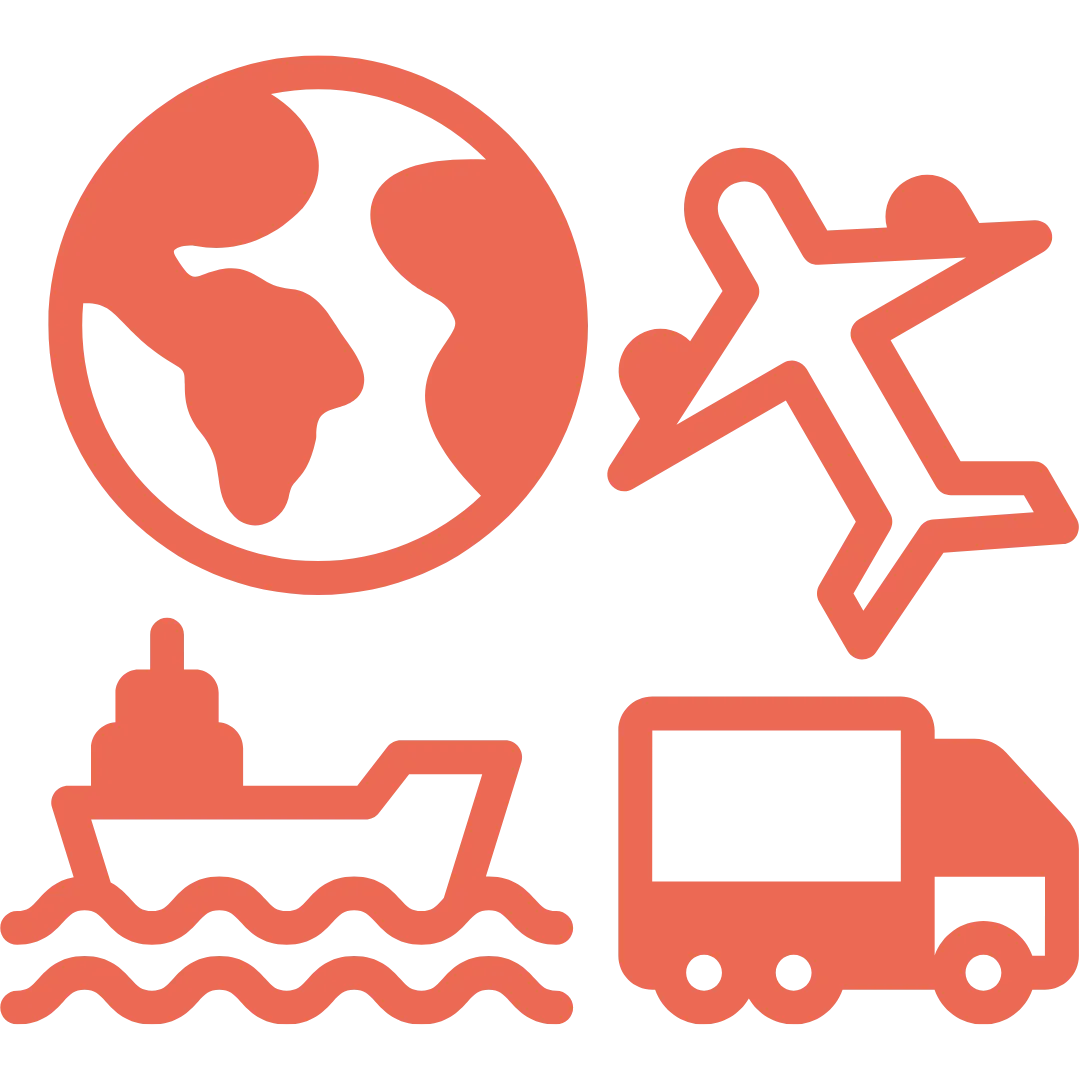
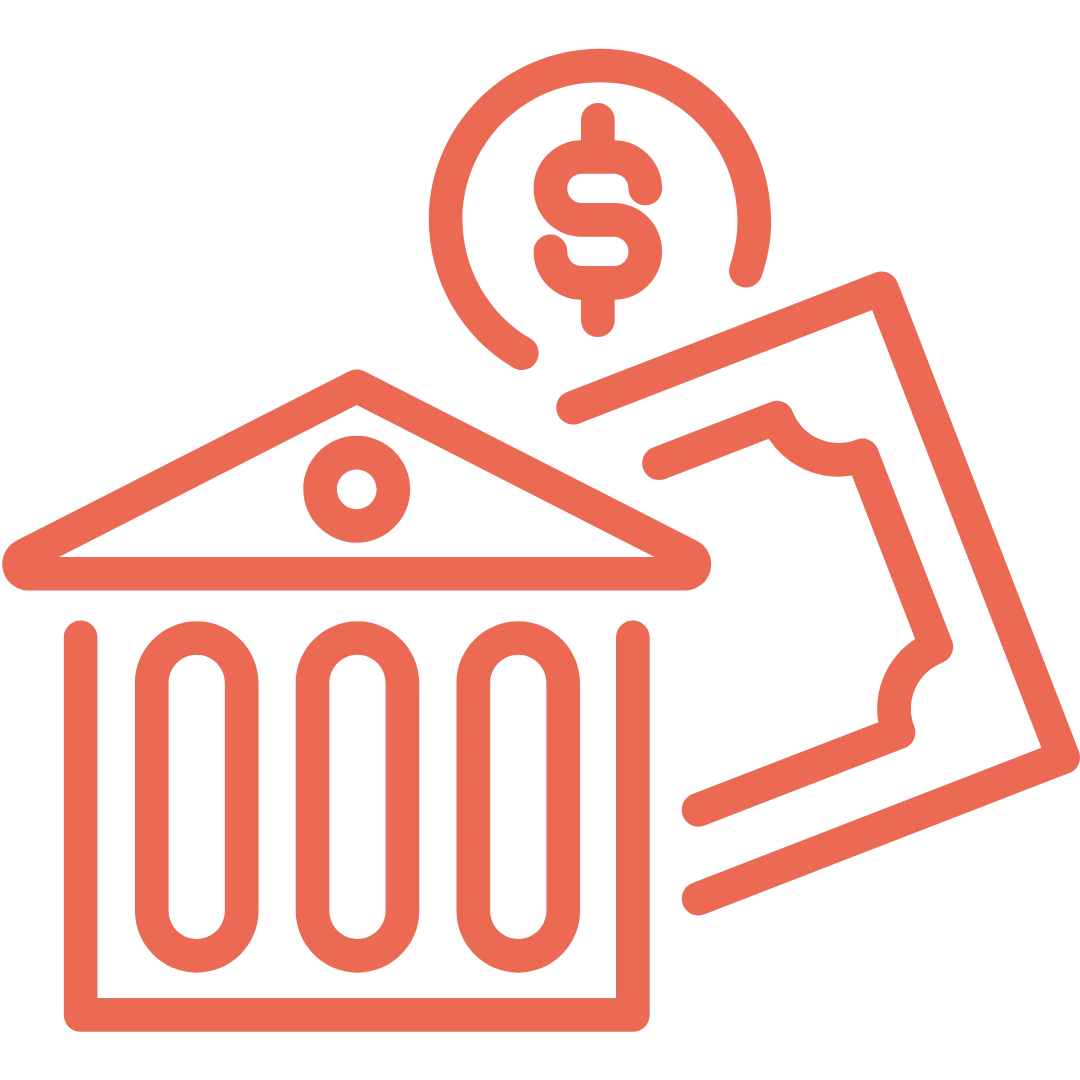




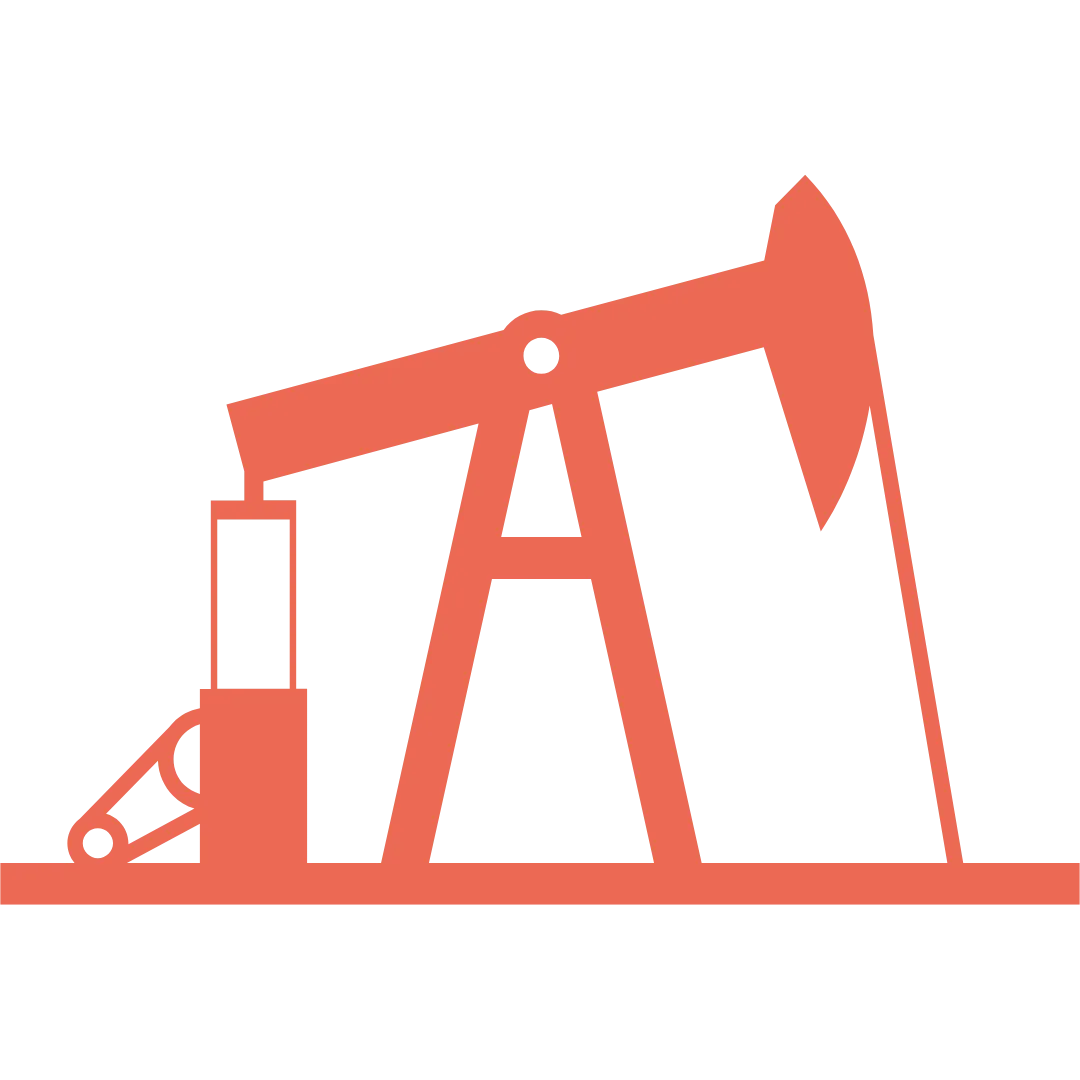
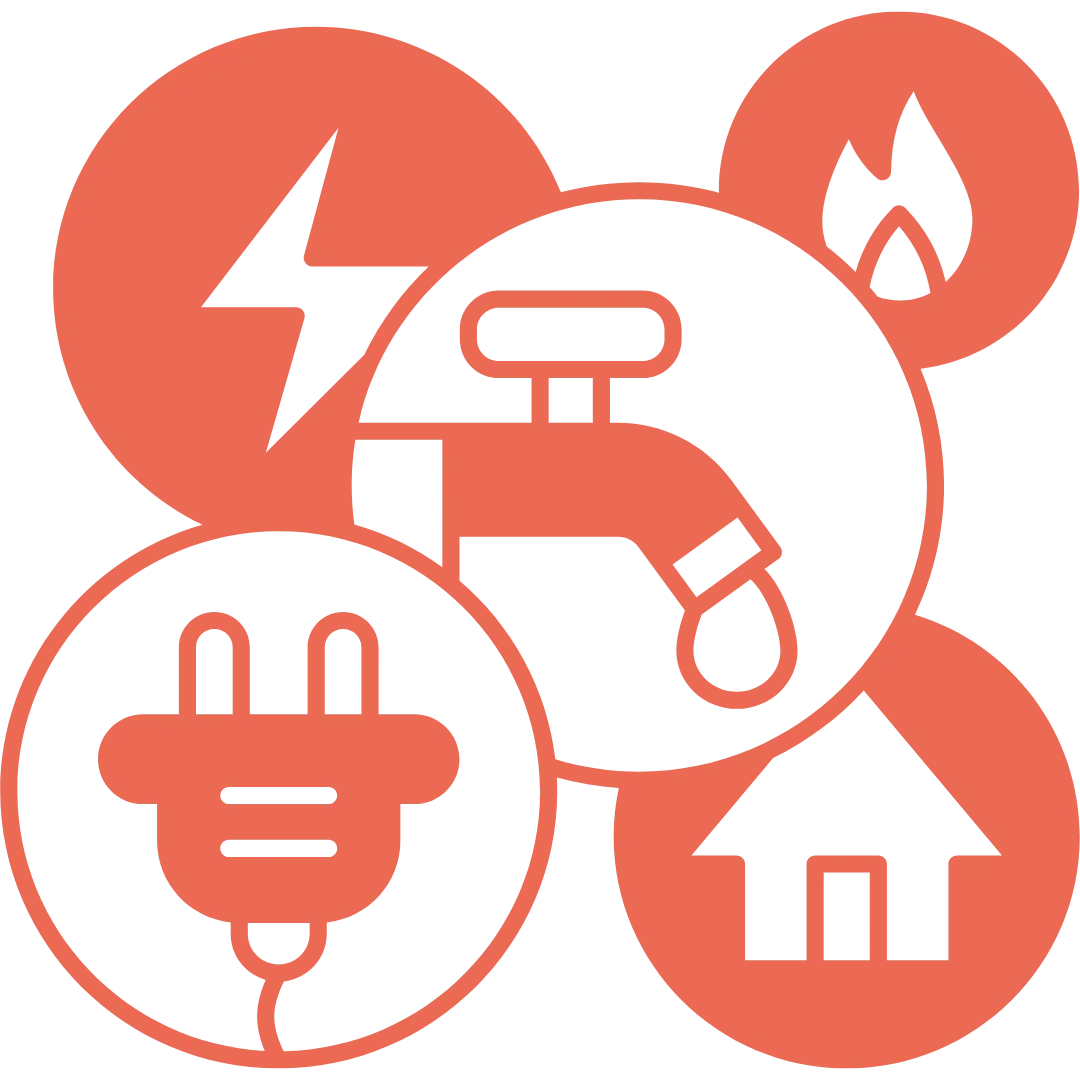

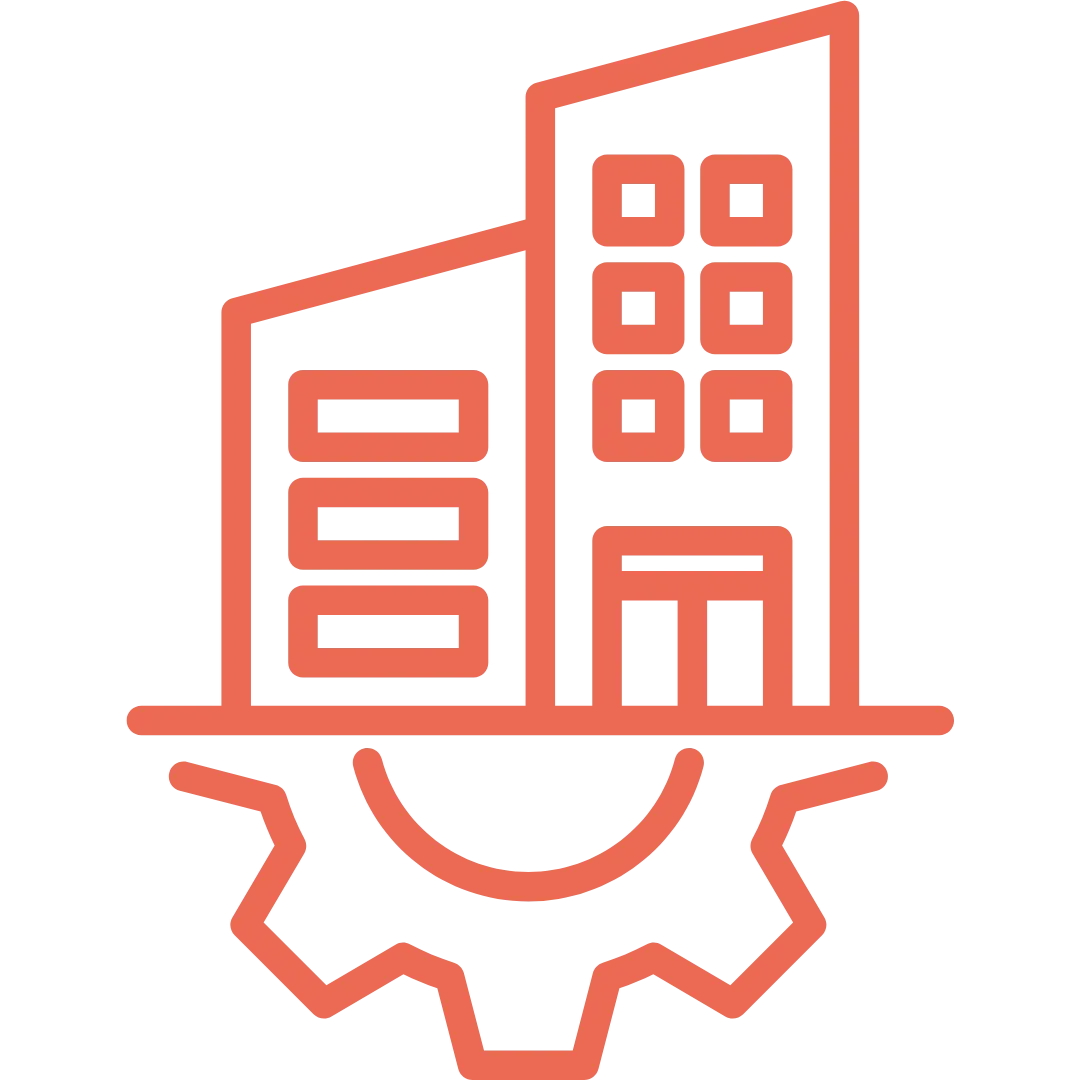
















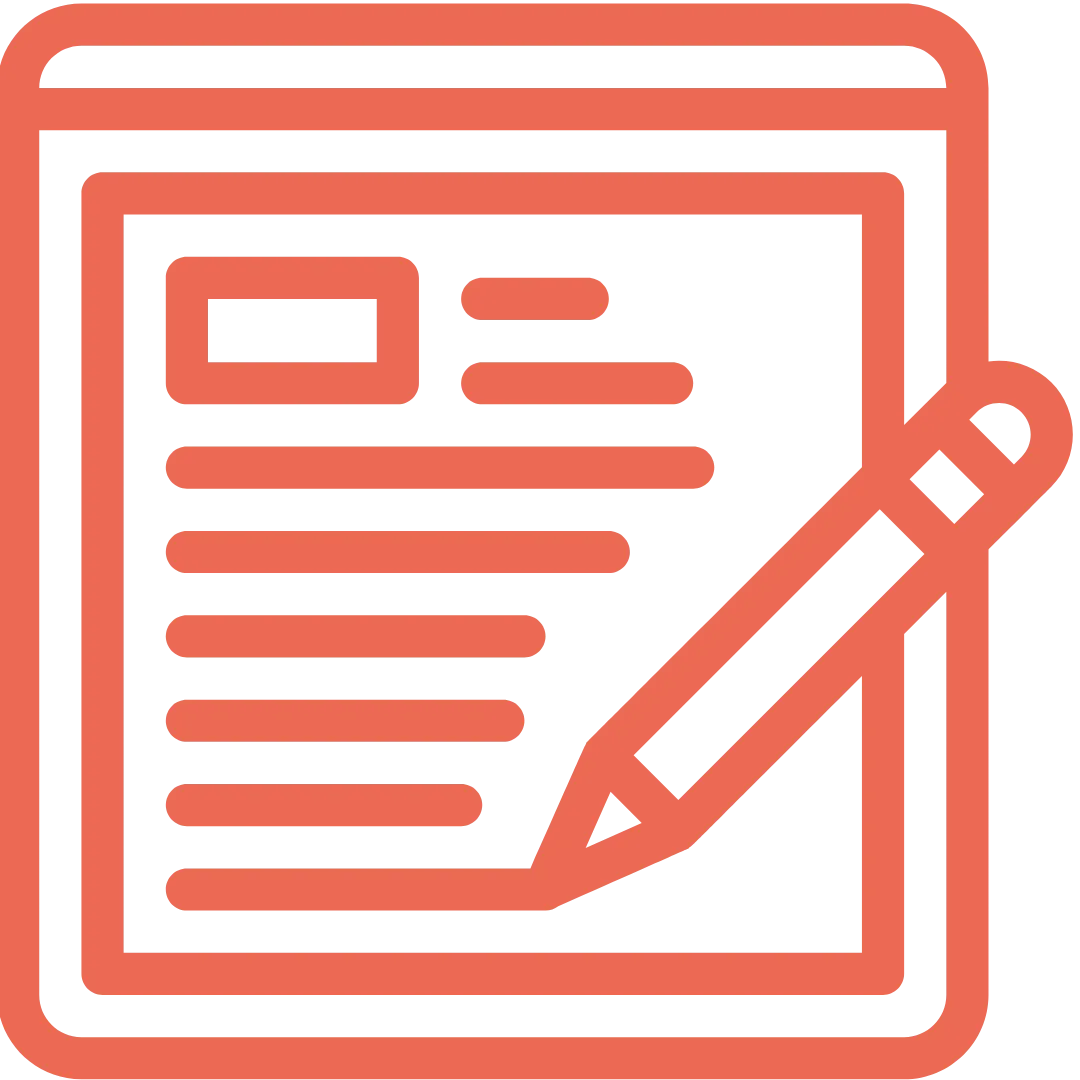

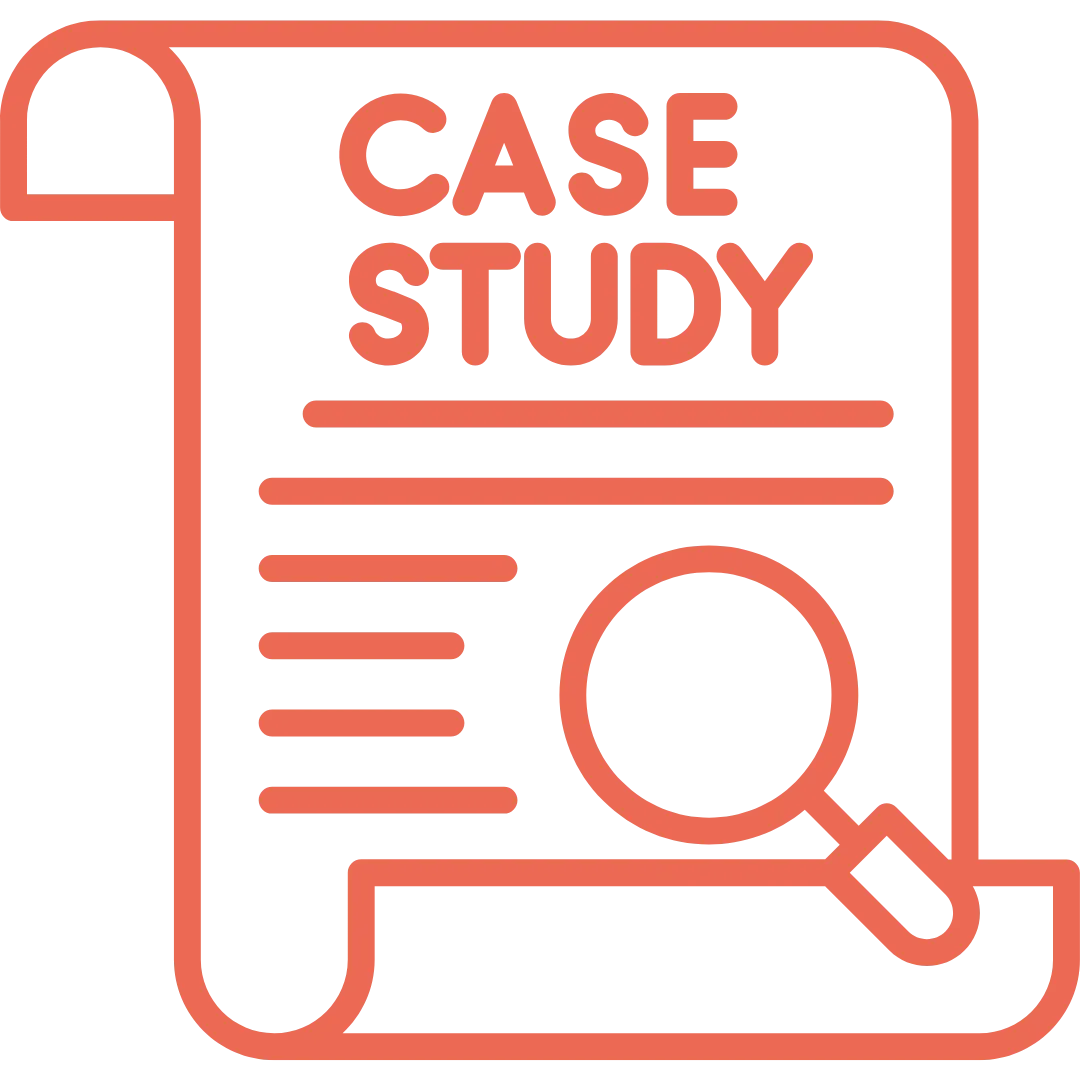
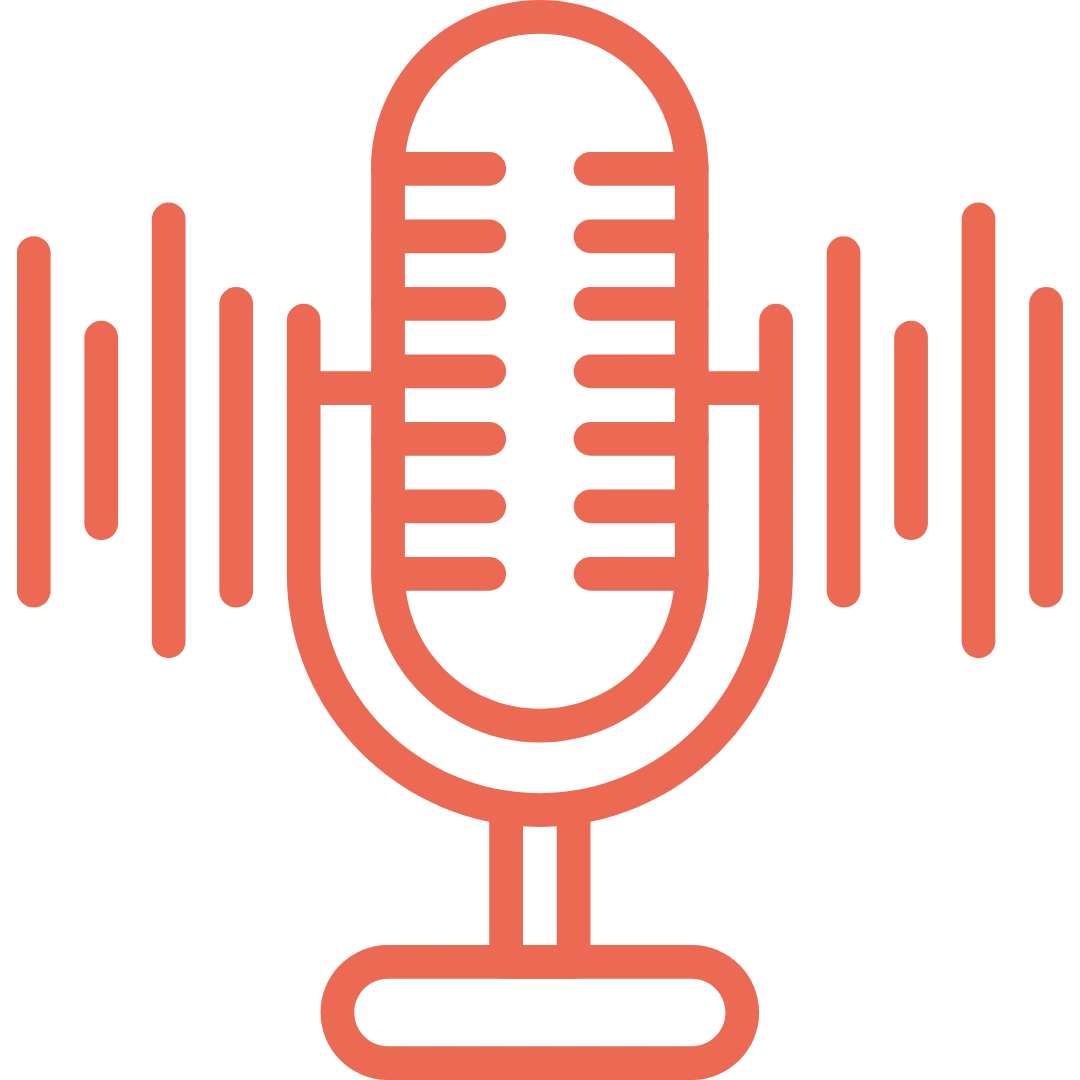





.png)




.webp)

















